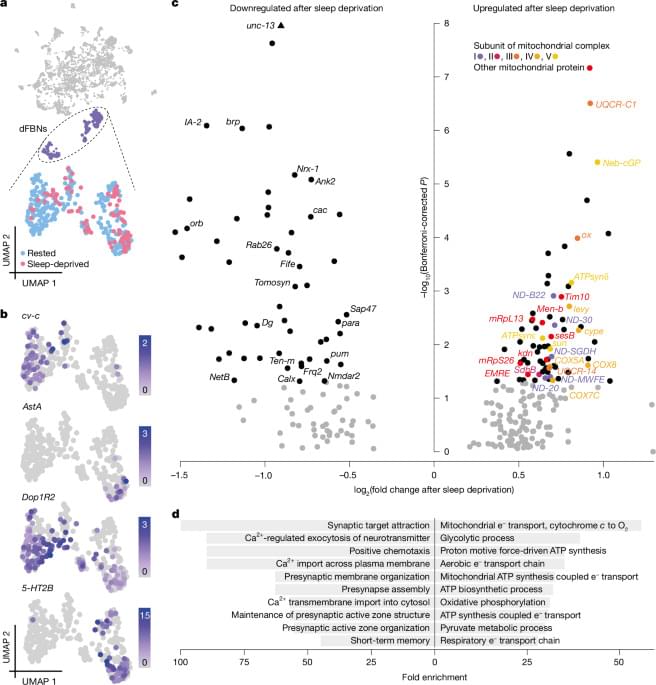Could cosmic silence be a survival strategy?
Get the latest international news and world events from around the world.
A Prominent OpenAI Investor Appears to Be Suffering a ChatGPT-Related Mental Health Crisis, His Peers Say
Bedrock co-founder Geoff Lewis has posted increasingly troubling content on social media, drawing concern from friends in the industry.

How Google’s Android earthquake detection system can save lives
If you’re in an earthquake-prone area and own an Android phone, it could save your life. It may even have already done so. The Android Earthquake Alert (AEA) system, which began in the U.S. in 2020 and has since expanded globally, sends an automatic alert approximately one minute before the ground starts shaking. That can be enough time to take cover or warn others nearby.
In a new paper published in Science, Google explains how its detection system, which is built into most Android phones, works. They also share insights from its first years of operation and the improvements they’ve made.
Between 2021 and 2024, the AEA system sent warnings to millions of people in 98 countries. This included more than half a million people in Turkey and Syria who received an alert on February 6, 2023, just before a magnitude 7.8 earthquake struck. Overall, Google’s researchers report that alerts were issued for 1,279 events, with only three of them being false alarms, two of which were triggered by thunderstorms.




2 new NASA satellites will track space weather to help keep us safe from solar storms
“TRACERS joins the fleet of current heliophysics missions that are actively increasing our understanding of the sun, space weather, and how to mitigate its impacts,” said Westlake.
The $170 million TRACERS is set to launch no earlier than the end of July on a SpaceX Falcon 9 rocket that will be carrying several other small missions into orbit at the same time. The answers that TRACERS could provide about how magnetic reconnection works will allow scientists to better protect critical infrastructure for when solar storms hit.
“It’s going to help us keep our way of life safe here on Earth,” said Westlake.
Google Release AI-Generated Film Based Off Vintage Photographs
They found the photos in a thrift store.

“We Gave AI $20 Million to Rethink Science”: Nexus Super-System Set to Turbocharge US Innovation Like Never Before
IN A NUTSHELL 🚀 Nexus, a $20 million supercomputer, is set to transform U.S. scientific research with its AI power. 🔬 Designed for accessibility, Nexus democratizes high-performance computing, allowing researchers nationwide to apply for access. 🌐 Georgia Tech, in collaboration with the NCSA, is creating a shared national research infrastructure through Nexus. 📈 With unprecedented
The biggest challenge for AI may be keeping the lights on
Targeting superintelligence, tech giants are scrambling for nuclear deals and water rights to power AI advances